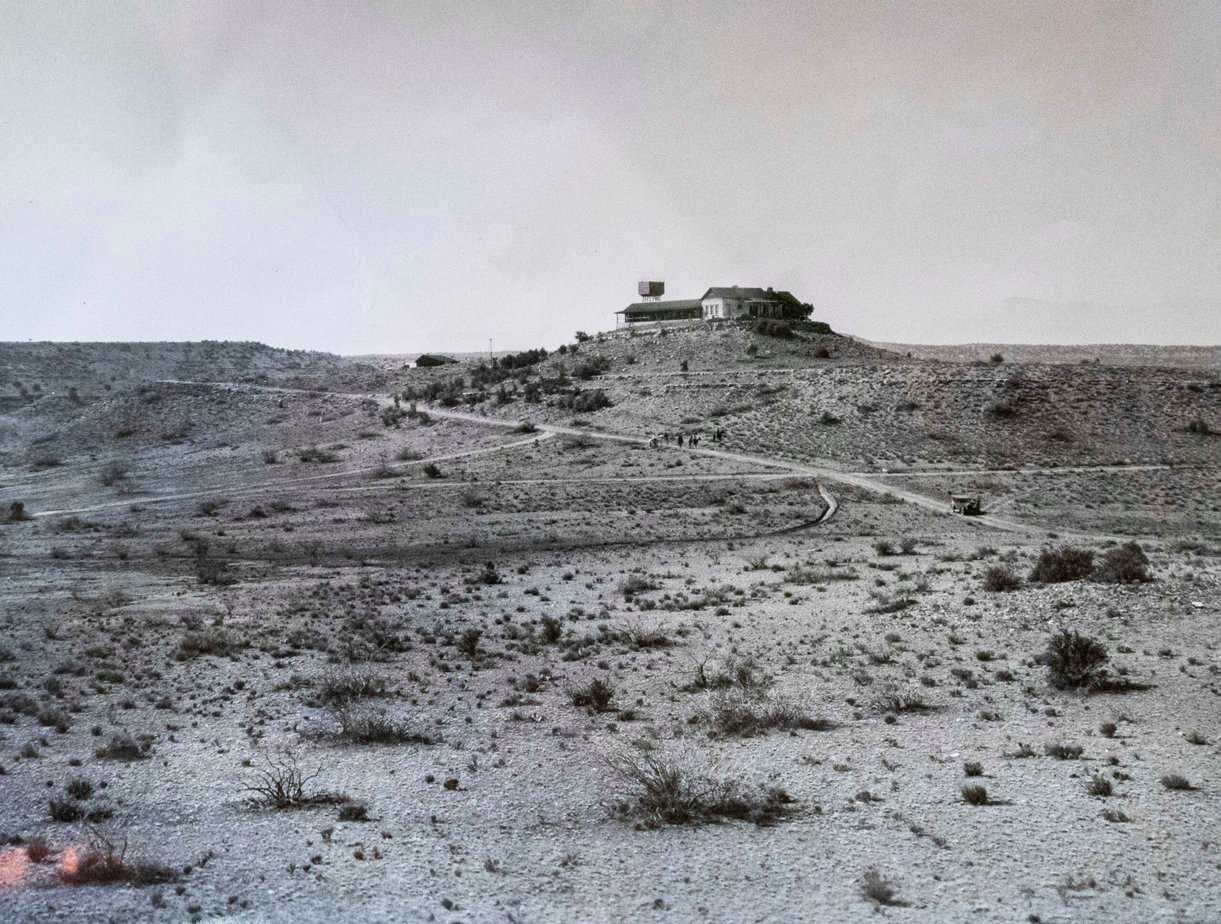Business
Pilots, Mobsters, and Cowboys Collide at Rimrock Ranch

Judy McBride and Joe Serreyn recently featured the history of Rimrock Ranch in their presentation titled “Rimrock Ranch: From Dudes to Mobsters,” part of the Sedona Heritage Museum’s Sedona Stories program held on January 9. McBride, a former educator and superintendent for the Beaver Creek School District, recounted her family’s ownership of the ranch from 1974 until its sale to Serreyn in 2019. Rimrock Ranch, often referred to as “the Mafia house” or “the castle,” originated as a guest ranch built in 1928 by Virginia Finnie, Russell Boardman, and Romaine Lowdermilk.
Lowdermilk, a notable entertainer and singing cowboy, was a pioneer in the state’s dude ranching scene. He established the Kay El Bar Guest Ranch in Wickenburg at a young age before marrying Finnie, a native of Soda Springs Ranch, also steeped in hospitality traditions.
“Weatherford is a recognizable name in Flagstaff,” McBride noted, highlighting the impact of Finnie’s educated background on the ranch’s hospitality. The Lowdermilks turned Rimrock Ranch into a significant tourist destination, creatively collaborating with the Fred Harvey Company to draw visitors for an authentic Western experience.
McBride elaborated, “Fred Harvey was always seeking ways to enhance the visitor experience.” Her narrative included the pivotal role Boardman played in transporting guests from Phoenix and Flagstaff to the ranch, both as a wealthy aviation enthusiast and a key figure in the aviation industry. In fact, he set a world record in 1931 for the longest nonstop flight, an impressive feat that underscores his adventurous spirit.
During the presentation, McBride screened her 2012 film alongside a silent short titled “Indian Detours,” which showcased early 20th-century tours to American Indian communities. The film also featured footage of Boardman’s landing at Rimrock Ranch, emphasizing the ranch’s historical significance.
McBride highlighted how Fred Harvey anticipated guests’ desires for enriching experiences beyond mere accommodations. Tragedy struck in July 1933 when Boardman’s untimely death marked the end of the trio’s ownership.
After the Lowdermilks’ divorce in 1941, the ranch changed hands multiple times, eventually falling into the hands of the English brothers in 1963, notorious for their Mafia affiliations. Charles “Chuckie” English and Sam “Butch” English, known figures in the Chicago Outfit, viewed the ranch primarily as an investment, as Sam English defended, “What am I, some kind of monster?”
Following the English brothers’ departure, Rimrock Ranch fell into disrepair until the McBrides purchased it in 1974. McBride recalled her mother’s first impression, stating, “This place is a young person’s dream but an old person’s nightmare.” Fortunately, her husband Jim, who passed away in 2010, had the skills to restore the property.
The couple initially met in a San Jose apartment complex in 1971, where Jim operated a mobile car wash business. During their visits to the ranch, Serreyn’s enthusiasm culminated in the swift purchase of the property. Today, Serreyn uses the ranch for short-term rentals and as a poultry farm, with ambitious plans for aquaponics.
McBride expressed satisfaction with the ranch’s current management, noting its evolution from a dude ranch to a modern homestead. “Now the property is about animal husbandry and learning practical skills to bring back home,” Serreyn remarked. His vision continues to embody the ranch’s historic legacy while adapting to contemporary agricultural practices.


















